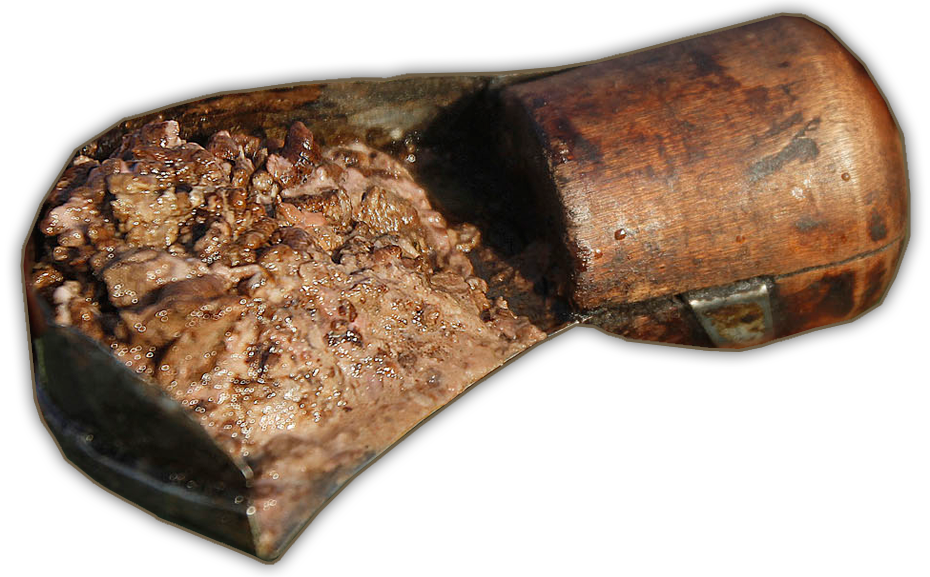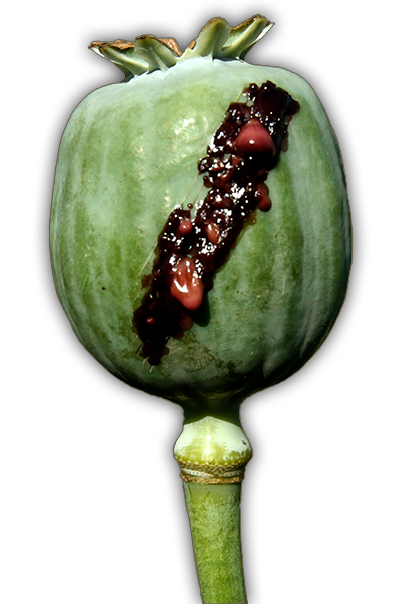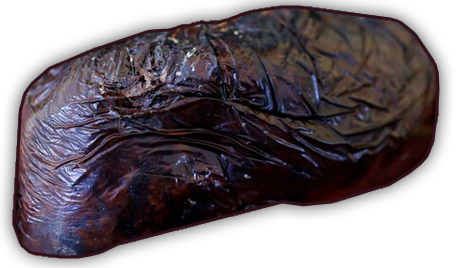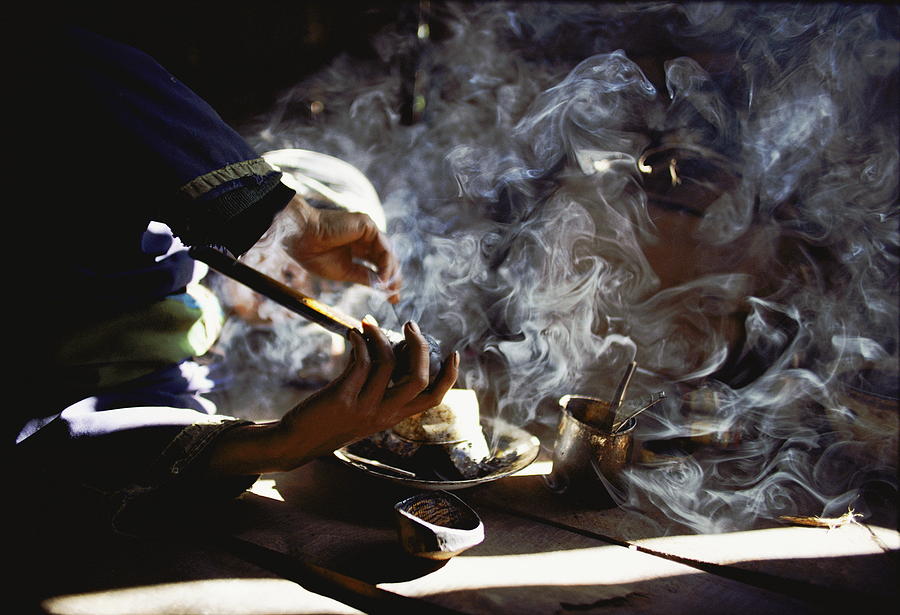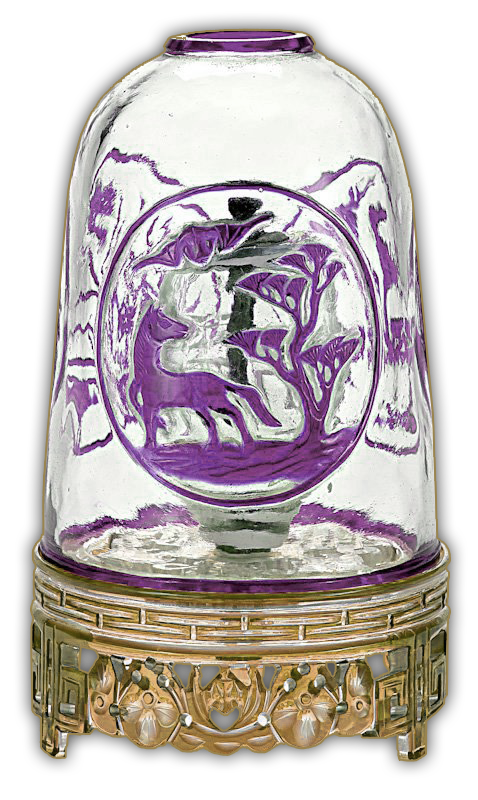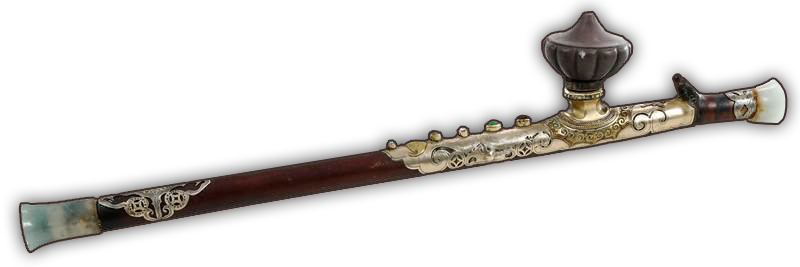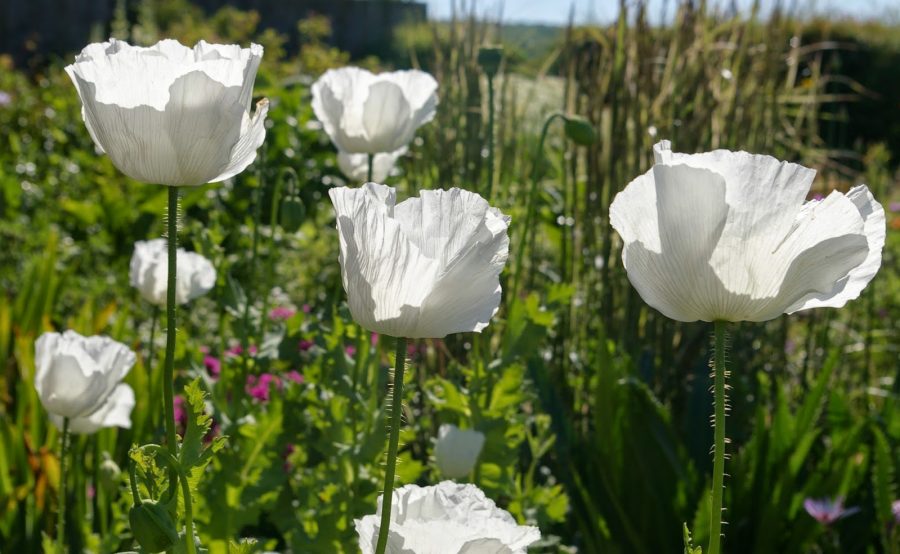Natural Opium vs. Refined Substances
As modern man emerges into the 21st century, the dichotomy between what he knows about himself as a biological organism and what he thinks he knows, becomes the subject of intense scrutiny. On one hand, man knows that there are certain chemical structures to the various foods and other substances ingested into his system. Yet, often these pure substances do not contain sufficient nutrients and when ingested, are not adequate foods. An example of this is the debate over refined sugar vs. naturally occurring fruit sweeteners. While the refined sugar may be the basis of the naturally occurring products in sugar cane, the refined product often leads to disease in the human body. It now appears the the process of digesting the naturally occurring complex carbohydrates in some ways allows the body to absorb the sugars without the resulting negative effects of long-term usage. Refined sugar may, in fact, be thought of as a medicine to be used when the body is weak, as it is easily absorbed. As a food to be used in a regular diet, however, sugar should be excluded and naturally occurring complex carbohydrates used instead.
By analogy, many of the naturally occurring plant products can be viewed the same way. A tea or infusion of a pharmacologically active plant may be quite useful on a regular basis for a wide variety of minor medical problems, but the refined pharmacologically active product should be limited to short-term medical use. A century ago, it was not uncommon for families to have a few poppies growing in the garden around their house. The opium from these colorful flowers was regularly harvested for use in home remedies, and their presence in the garden considered to be as natural and benign as the vegetables that grew beside them. But for most people today, the word opium connotes a link with heroin. Likewise, the word coca today implies cocaine. This was not true 50 to 100 years ago. Since that time, these drugs have been made illegal. The black market which resulted has required that the physical volume of these illicit drugs be reduced to the bare essence, resulting in the development of refined heroin or cocaine as a commercial industry.
The pharmacological activity of a single pure substance is entirely different from the dilute mixture of chemically related alkaloids that occur naturally in plants. In most cases, the properties of these pure substances are so different from the raw plant material, that they must be administered in a more direct manner, i.e., directly into the blood as opposed to being inhaled or eaten. This direct entry of pure compounds into the bloodstream can lead to negative effects; pure substances are more toxic and an overdose is likelier. When raw opium is smoked, it required a much longer period of time to get the same morphine content in the blood than it does when administering the morphine directly. This allows certain body defenses, such as sleep or drowsiness, to act, giving the body additional time to distribute the drug in a more dilute form throughout the system. A high concentration of a pure substance can cause shock to the system and be fatal.
In addition to the dilution factor, there is the difference in the chemistry of the raw substance. The effects of the precursors and related compounds may be grossly different from the isolated substance. The non-morphine alkaloids present in opium can have a nauseating effect, so great as to prevent a person from being able to inhale a toxic dose, thus limiting the ability of the user to become seriously addicted. In the psychological reward scheme, a drug with a short duration and high reward, such as heroin or morphine, produces the most serious psychological dependency. Of course, in the case of the opiates, physical dependency can create a further problem and risk. If the raw opium is the opiate source, there is much less likelihood of physical dependency.


